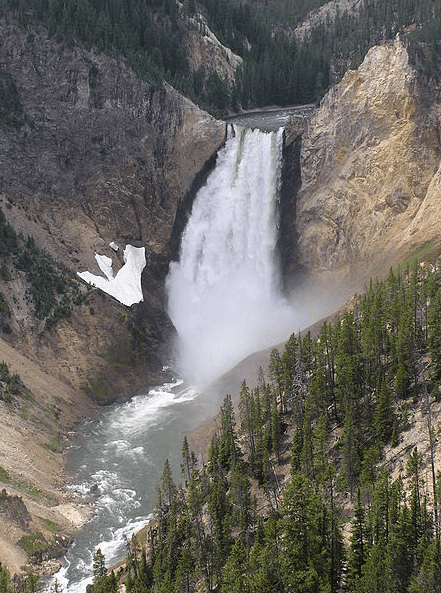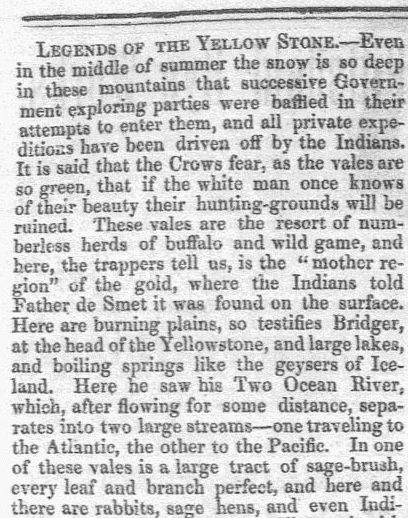While better known as the successful general-in-chief of the Union army during the Civil War, Ulysses S. Grant later achieved another notable success when, as president, he signed legislation creating Yellowstone National Park – the world’s first national park – on 1 March 1872.

Although known to Native Americans, throughout the first half of the nineteenth century only a handful of white people, mainly fur trappers, had ever seen the staggering array of plants, animals, geological features and geothermal activity that make up the wonderland of the Yellowstone region. The first organized expedition to explore the area did not occur until 1869, and other explorations followed. Their reports helped spur interest in protecting the area and Congress took action, resulting in the legislation Grant signed.
Today Yellowstone National Park, based mainly in Wyoming but including parts of Idaho and Montana, covers more than 3,400 square miles with deep canyons, mountain ranges, large lakes and rivers, dense forests and open grasslands, and free-roaming grizzly bears, bison, wolves, and elk. The many geothermal marvels of the park – it contains half of the world’s geothermal features, including the famous Old Faithful Geyser – give the area an eerie, other-worldly feel.

It is hard to exaggerate the beauty and wonder of Yellowstone, although the following newspaper article – printed six days after the park was created – manages the feat.

Here is a transcription of this article:
Legends of the Yellow Stone
Even in the middle of summer the snow is so deep in these mountains that successive Government exploring parties were baffled in their attempts to enter them, and all private expeditions have been driven off by the Indians. It is said that the Crows fear, as the vales are so green, that if the white man once knows of their beauty their hunting-grounds will be ruined. These vales are the resort of numberless herds of buffalo and wild game, and here, the trappers tell us, is the “mother region” of the gold, where the Indians told Father de Smet it was found on the surface. Here are burning plains, so testifies Bridger, at the head of the Yellowstone, and large lakes, and boiling springs like the geysers of Iceland. Here he saw his Two Ocean River, which, after flowing for some distance, separates into two large streams – one traveling to the Atlantic, the other to the Pacific. In one of these vales is a large tract of sagebrush, every leaf and branch perfect, and here and there are rabbits, sage hens, and even Indians all turned to solid stone. Ill fares it with whosoever penetrates these mysteries, for the genius of the place at once adds him to the group of statuary. More wonderful still – and our trappers told it with great awe – these bushes bear rare fruit – thousands of rubies, sapphires, diamonds, emeralds, large as walnuts. “I tell you, sir,” said one veracious narrator to Captain Reynolds, “it is true, for I gathered a quart myself, and sent them down the country.” A party of whites were once hotly pursued by Indians, and could only travel by night, when they were aided by the brilliant light shot from a huge diamond in a neighboring mountain, by which they traveled on for three consecutive nights. Here once an old trapper was lost on his road from Fort Laramie to Taos, and wandered for many days, and in drinking from a stream found pieces of yellow metal large as hazel-nuts, which he carried to Taos and found to be gold. He spent many years seeking the place again, but in vain. These and many other legends and traditions of these regions the trappers gave us as truths familiar in the mountains as household words, which it would be impious to doubt.
Note: An online collection of newspapers, such as GenealogyBank’s Historical Newspaper Archives, is not only a great way to learn about the lives of your ancestors – the old newspaper articles also help you understand American history and the times your ancestors lived in, and the news they talked about and read in their local papers. Did any of your ancestors travel to Yellowstone National Park in its early days? Please share your stories with us in the comments section.
